
How to Use ESP32-36PINS-DEVKIT-V1: Examples, Pinouts, and Specs
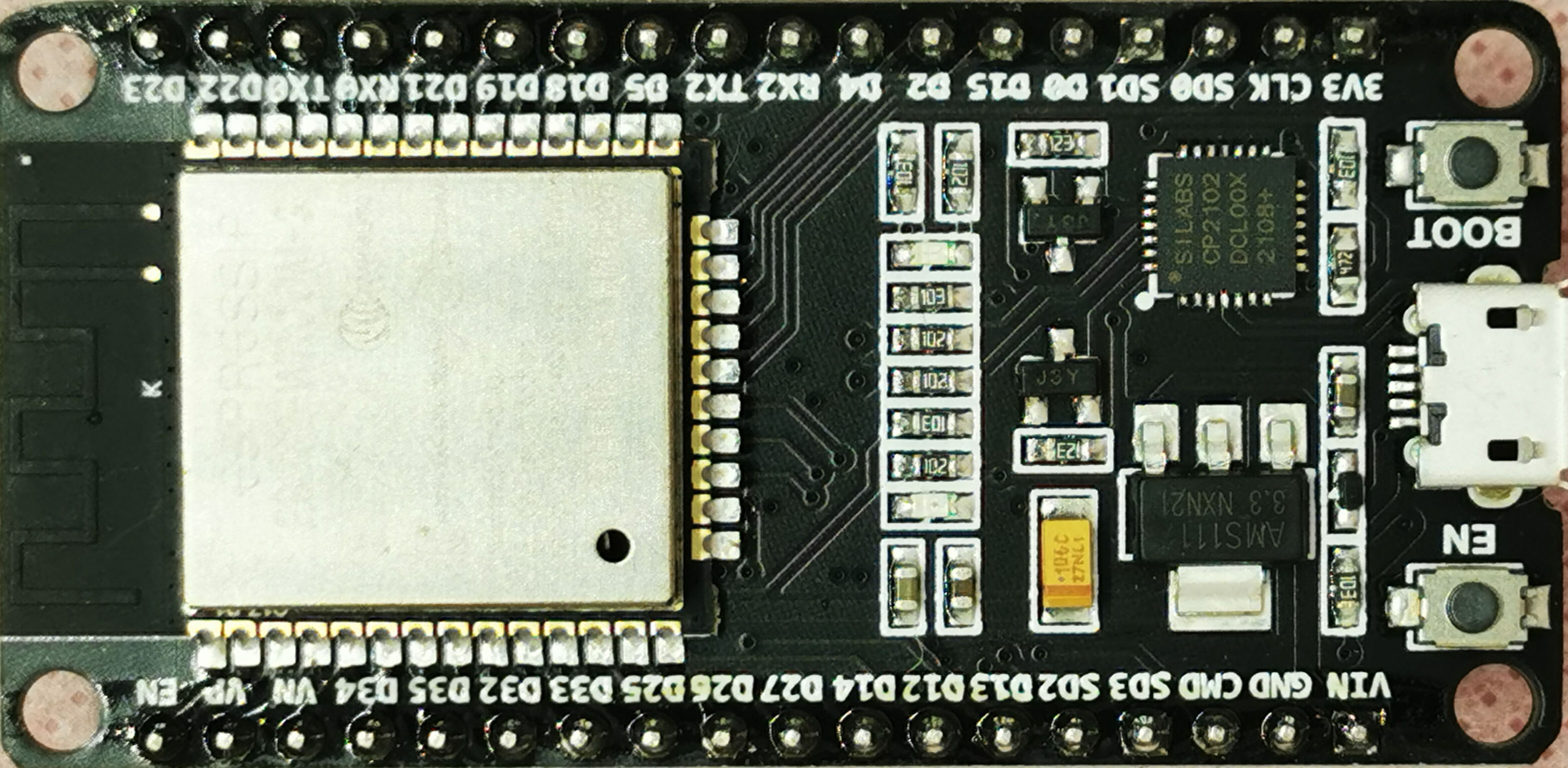
 Design with ESP32-36PINS-DEVKIT-V1 in Cirkit Designer
Design with ESP32-36PINS-DEVKIT-V1 in Cirkit DesignerIntroduction
The ESP32-36PINS-DEVKIT-V1 is a versatile development kit based on the ESP32 module, designed by Espressif Systems. This kit is equipped with 36 GPIO pins and is widely used for Internet of Things (IoT) projects, wireless communication, and complex applications requiring multiple sensor integrations. It is an ideal choice for prototyping and developing applications such as smart home devices, wearable electronics, and industrial automation systems.
Explore Projects Built with ESP32-36PINS-DEVKIT-V1
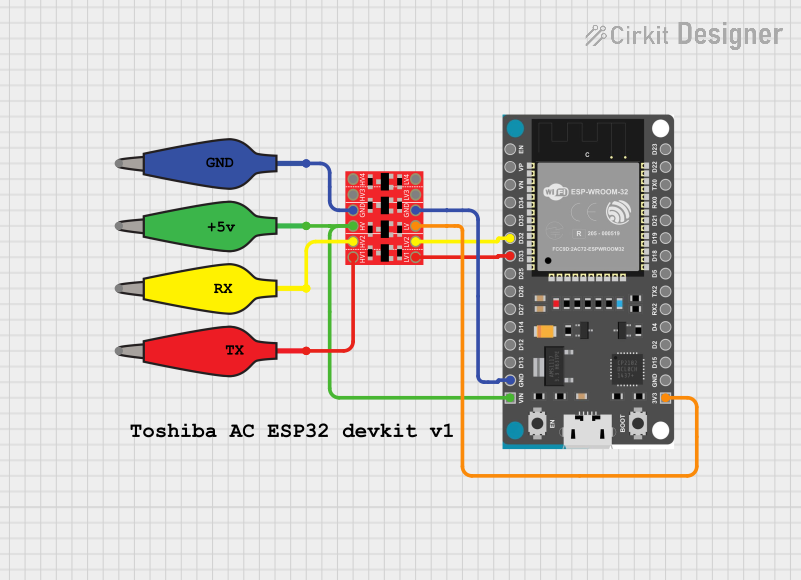
 Open Project in Cirkit Designer
Open Project in Cirkit Designer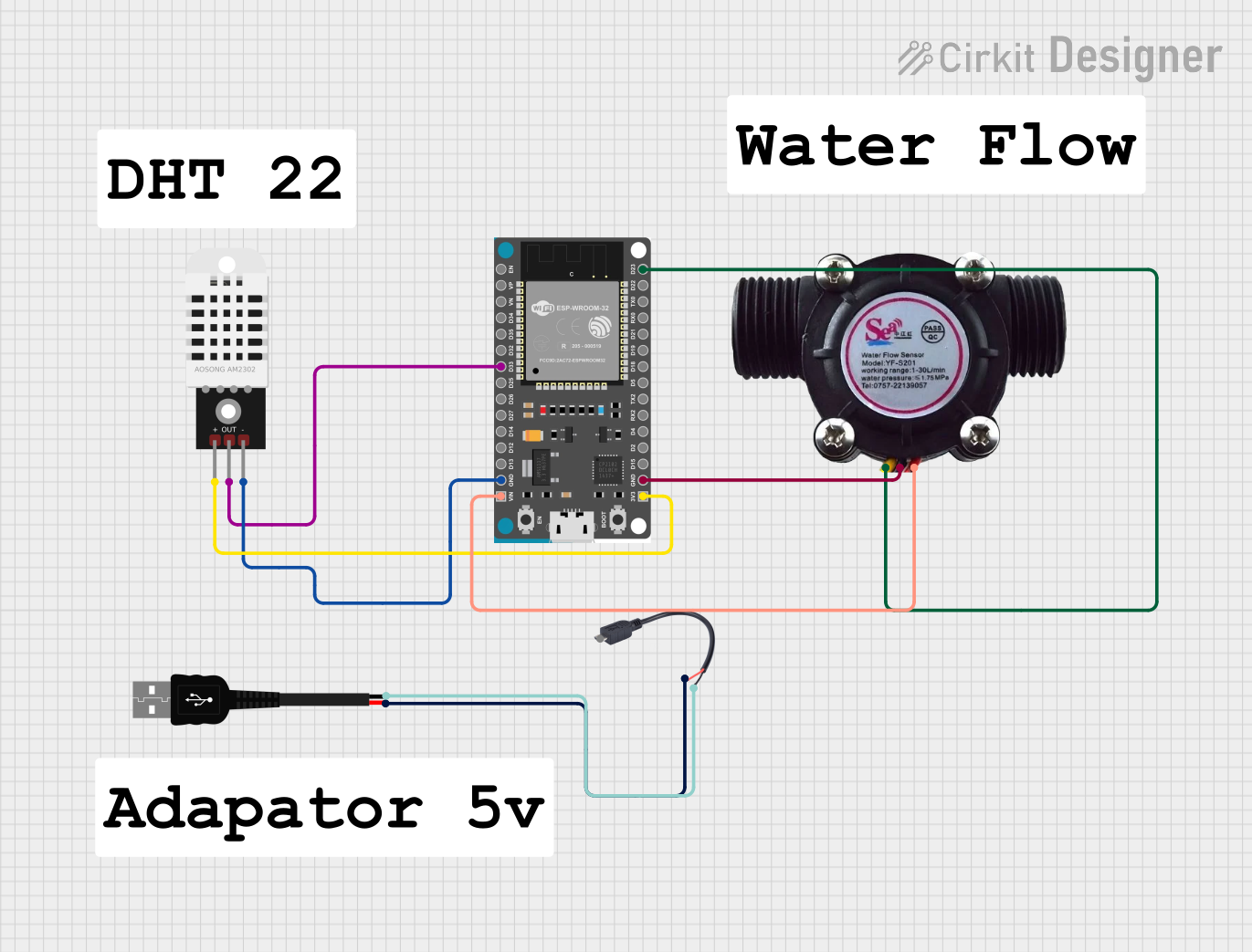
 Open Project in Cirkit Designer
Open Project in Cirkit Designer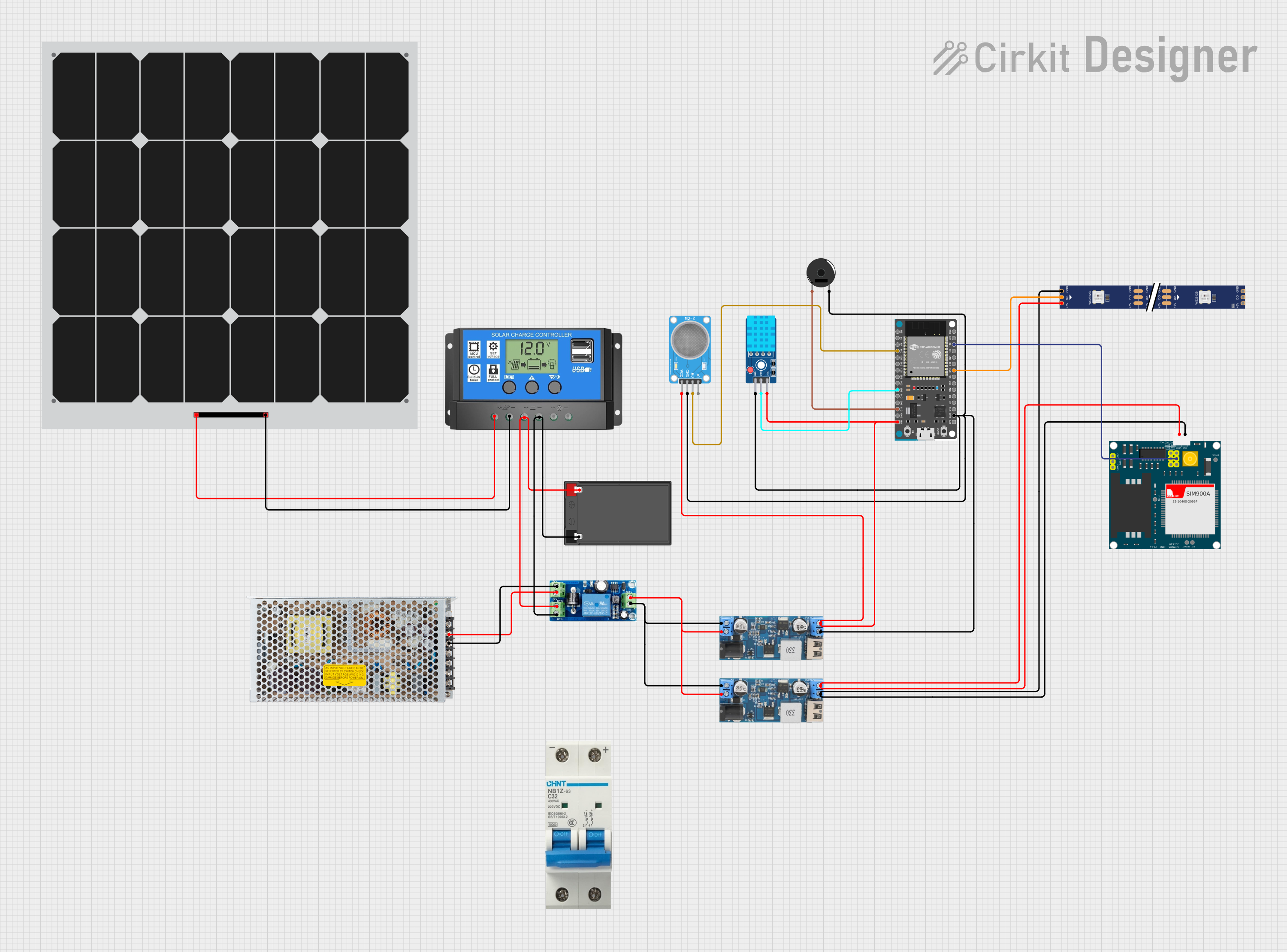
 Open Project in Cirkit Designer
Open Project in Cirkit Designer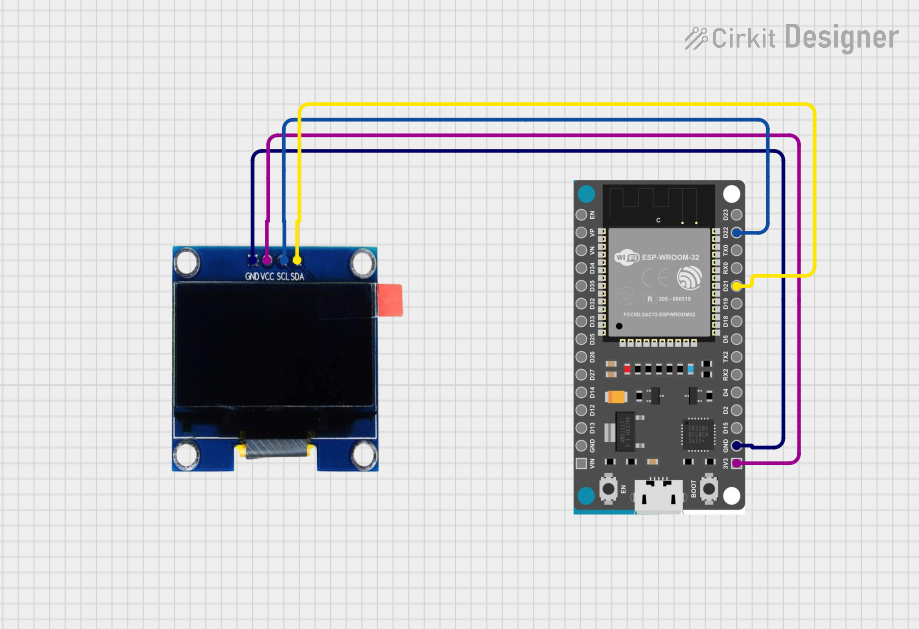
 Open Project in Cirkit Designer
Open Project in Cirkit DesignerExplore Projects Built with ESP32-36PINS-DEVKIT-V1

 Open Project in Cirkit Designer
Open Project in Cirkit Designer
 Open Project in Cirkit Designer
Open Project in Cirkit Designer
 Open Project in Cirkit Designer
Open Project in Cirkit Designer
 Open Project in Cirkit Designer
Open Project in Cirkit DesignerTechnical Specifications
Key Technical Details
- Microcontroller: Tensilica LX6 dual-core processor
- Operating Voltage: 3.3V
- Input Voltage: 7-12V (via Vin pin), 5V (via micro USB)
- Digital I/O Pins: 36 (multiplexed with other functions)
- Analog Input Pins: 18 (multiplexed with digital pins)
- Flash Memory: 4MB
- SRAM: 520 KB
- Clock Speed: Up to 240MHz
- Wi-Fi: 802.11 b/g/n
- Bluetooth: v4.2 BR/EDR and BLE
- Operating Temperature: -40°C to +125°C
Pin Configuration and Descriptions
| Pin Number | Function | Description |
|---|---|---|
| 1-36 | GPIO0 - GPIO35 | General Purpose Input/Output pins, various functions |
Note: The above table is a simplified representation. Each GPIO pin has multiple functions, and the exact pinout should be referred to from the ESP32 datasheet or pinout diagram provided by Espressif.
Usage Instructions
Integrating with a Circuit
- Powering the ESP32-DEVKIT-V1: Connect a 5V power supply to the micro USB port or supply 7-12V to the Vin pin.
- Connecting to a Computer: Use a micro USB cable to connect the board to a computer for programming.
- GPIO Pin Usage: Refer to the pinout diagram to understand the multiplexed functions of each GPIO pin.
- Programming: Use the Arduino IDE or other supported IDEs to program the ESP32. Ensure you have the necessary board packages installed.
Best Practices
- Always use a voltage regulator when supplying power through the Vin pin to prevent damage.
- Avoid drawing more than 12mA from any GPIO pin.
- Use external pull-up or pull-down resistors with GPIO pins when required.
- Ensure that the antenna area is clear of metal components to avoid signal interference.
Example Code for Arduino UNO
// Simple Blink example for ESP32-36PINS-DEVKIT-V1
#define LED_BUILTIN 2 // Define the LED_BUILTIN pin. It's usually GPIO 2
void setup() {
pinMode(LED_BUILTIN, OUTPUT); // Initialize the LED_BUILTIN pin as an output
}
void loop() {
digitalWrite(LED_BUILTIN, HIGH); // Turn the LED on
delay(1000); // Wait for a second
digitalWrite(LED_BUILTIN, LOW); // Turn the LED off
delay(1000); // Wait for a second
}
Note: The above code is a simple blink example. The LED_BUILTIN constant may vary depending on the board revision.
Troubleshooting and FAQs
Common Issues
- Board not detected: Ensure the micro USB cable is properly connected and the computer's USB port is functioning.
- Failed to connect to Wi-Fi: Check the Wi-Fi credentials and signal strength. Ensure the antenna area is not obstructed.
- Unexpected resets: This can be caused by insufficient power supply or a faulty connection. Check the power source and wiring.
Solutions and Tips
- Use quality USB cables and power supplies.
- When encountering programming issues, hold the BOOT button when starting the upload process.
- For deep sleep issues, ensure that the correct wake-up conditions are set in the code.
FAQs
Q: Can I use the ESP32-DEVKIT-V1 with the Arduino IDE? A: Yes, you can program the ESP32-DEVKIT-V1 using the Arduino IDE by installing the ESP32 board package.
Q: What is the maximum current that can be drawn from a GPIO pin? A: It is recommended not to draw more than 12mA from a GPIO pin to prevent damage to the board.
Q: How do I enable Bluetooth functionality? A: Bluetooth can be enabled through programming using the appropriate libraries and functions provided by the ESP-IDF or the Arduino ESP32 board package.
For more detailed information, refer to the official documentation and resources provided by Espressif Systems.